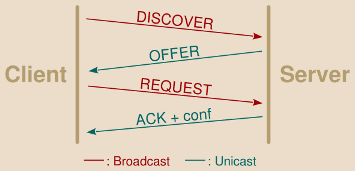For a lot of people, web users tracking remains something quite abstract, vaguely related to the ads displayed on websites, ads seemingly necessary to help the websites authors to make the website survive. They often also know that these ads often revolve around their centers of interests, like a seller in a shop where you have your habits and advising you on the products most suited to your tastes.
But all this is just the tip of the iceberg of a poorly legislated and controlled multi-billion dollars industry, in which advertisement is not the goal anymore but just a mean among others to make money.
The product is not what the ads try to sell you anymore, the product is you.
In this article, I try to uncover an industry crafted around the question how to extract as much information as possible from people’s lives and make profit out …









